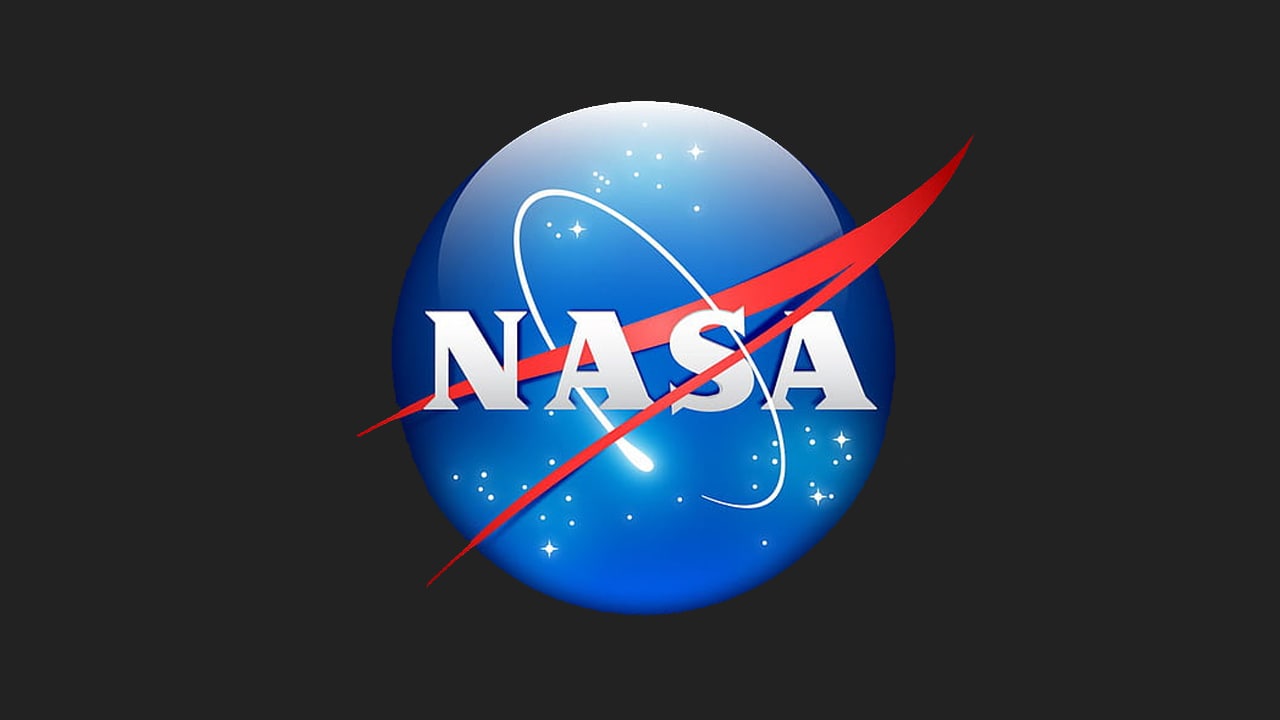NASA released the exoplanet HIP 65426b photo taken by the James Webb Space Telescope, which is also the first direct image of an exoplanet captured by the Webb telescope. HIP 65426b is a young gas giant, only 15 to 20 million years old. Its mass is 6 to 12 times that of Jupiter, and it is about 385 light-years away from Earth. Scientists captured multiple images of HIP 65426b using various instruments onboard the Webb telescope.
“This is also a transformative moment for the entire astronomy community,” Sasha Hinkley, associate professor of physics and astronomy at the University of Exeter, who studies exoplanets, said in a statement.
JOIN XIAOMI ON TELEGRAM
In 2017, the European Southern Observatory’s Very Large Telescope in Chile first discovered and began observing HIP 65426b in shortwave infrared. For ground-based telescopes, the longer wavelengths of infrared light are blocked by Earth’s atmosphere. But the Webb telescope, operating in space, can pick up more infrared light and see more details on distant planets.
The HIP 65426b image taken by the Webb telescope is not the first time that humans have directly photographed exoplanets. The Hubble Space Telescope has successfully captured images of other exoplanets before. That’s no easy task, as the intense light from stars near the planet can obscure light from exoplanets, such as HIP 65426b’s parent star, which is 10,000 times brighter. The vast majority of exoplanets can only be observed when the parent star’s brightness temporarily dims. So far, scientists have only directly imaged 24 exoplanets.

But HIP 65426b is 100 times more distant from its parent star than Earth is from the sun, which helped scientists identify the exoplanet in images taken by the Webb telescope. The Webb telescope is also equipped with a coronagraph, which can block distant stars and reduce glare interference, making it easier for scientists to find and focus on exoplanets.
“Webb’s coronagraph does an excellent job of suppressing the glare of the host star,” Hinkley said.
These images were taken with multiple filters and the Webb telescope’s near-infrared camera (Nircam) and mid-infrared detector (Miri), and scientists hope that the Webb telescope will also capture more images of exoplanets and more discoveries. This comes after the Webb telescope made the first observations of the spectrum of exoplanet Wasp 39b, which showed the presence of carbon dioxide in the exoplanet’s atmosphere.
“The most exciting thing is that we’re just getting started,” UC Santa Cruz postdoctoral researcher Aarynn Carter, who also analyzed the new image of HIP 65426b, said in a statement. More images of exoplanets, which will reshape our overall understanding of exoplanets in terms of physics, chemistry, and celestial formation; we may even discover previously unknown exoplanets.”



